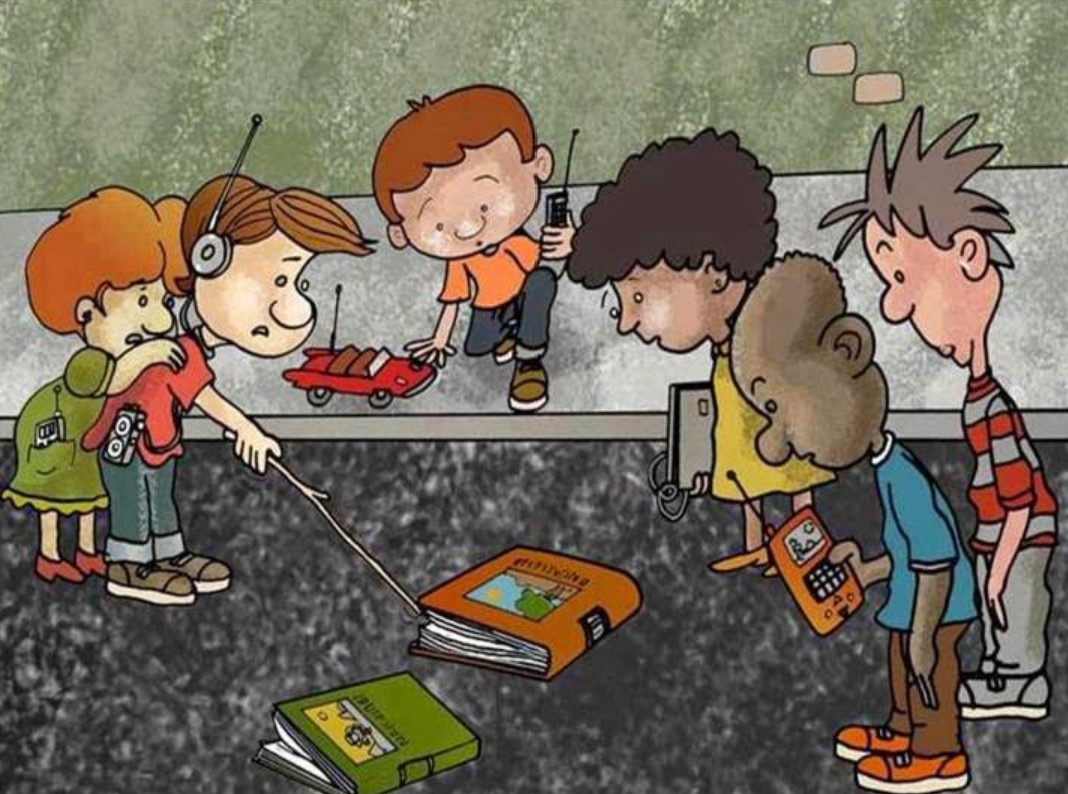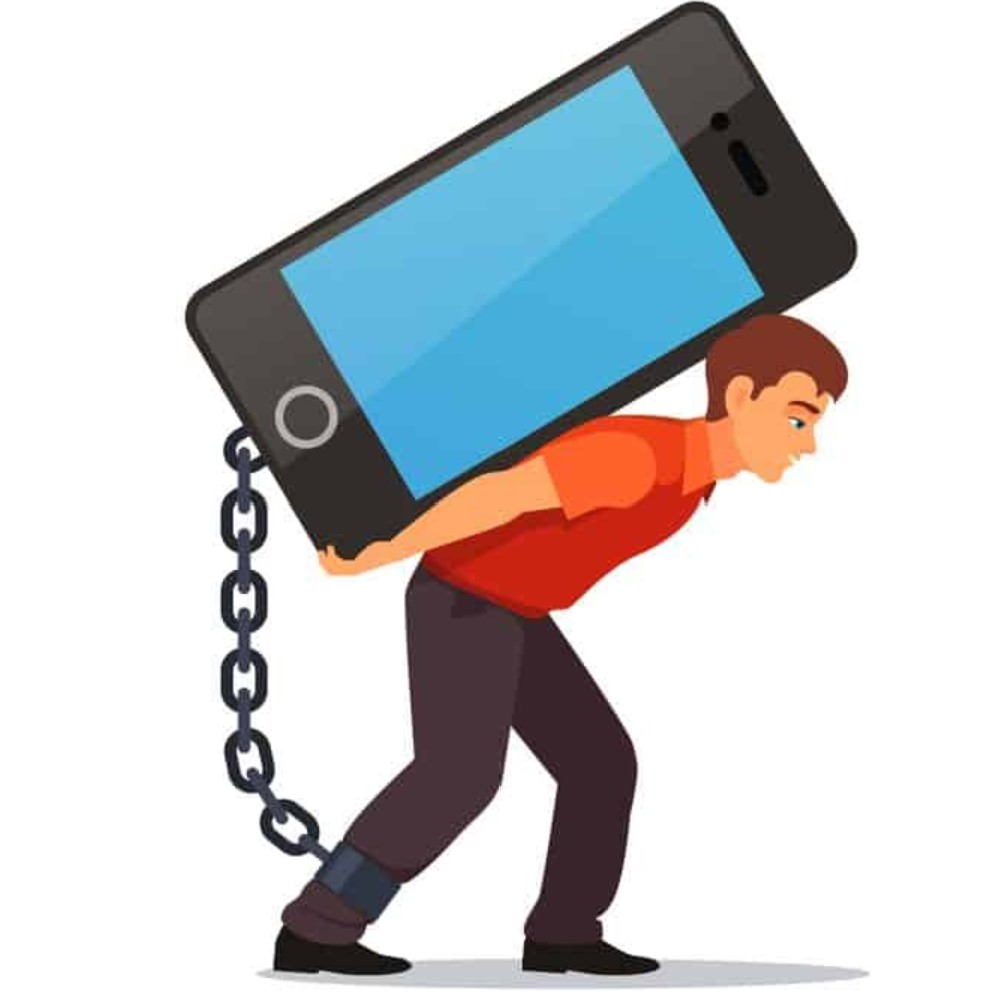Screen Time for Kids – hyper-connection is harming our children

Screen Time for Kids is a literal translation of a 142-page report commissioned by French President Emanual Macron. It has 29 proposals taken as a whole to solve the issues confronting us all.
A copy of the machine-translated report is here – Screen Time Drug Addiction – children, teens, and Everyone Else at Risk. We want to look at some of the more pertinent points. This is a precis – not commentary. We often have had to paraphrase to get the English interpretation and apologise for any unintentional mistakes.
Screen time for kids – findings
- The Commission adopted a ‘discourse of truth’ to describe the reality of children’s hyper-connection. Particularly its consequences for their health, development, and future, and for our future, too …
- Shocked by the strategies used to capture children’s attention. All cognitive biases are used to lock children to their screens, control them, re-engage them, and monetise them.
- Alarmed by certain hyper-amplification representations of women. For by what it can impose on young girls in their vision of themselves or the behaviours ‘expected’ of them.
- Children have become the new commodity of some digital companies. We cannot let them do this.
- Children are not ‘little adults’. They need to play and adults to interact with – not screens.
- Children between 24 and 30 months learn less well through a screen than through real human interaction. We are talking about a video transfer deficit.
- Nomophobia – separation from a phone is real in 73% of the population, leading to children leading a virtual life.
- Amnesty International’s report, ‘Driven into Darkness’, explains TikTok’s strategy to get users’ attention risks worsening mental health problems. These include depression, anxiety and self-harm.
- Digital life becomes an extension and an echo chamber of toxic content. It gives no respite for a child or adolescent subjected to it.
- Influencers can shape children’s and adolescents’ vision of social relationships, relationships, gender, and work. These representations spread quickly. Something must be done to deconstruct toxic misrepresentations.
- Algorithmic ‘filter bubbles’ can trap a child in a digital prison. Here, the possibility of discovering the real world or real facts becomes excluded.
- Violence, pornography and fake news can desensitise children and make them think it is normal.

What makes a Nation rich is its youth, and ours is not for sale.
continued
- The harmful consequences of screen time contribute according to a dose-effect relationship. These include sleep deficit, sedentary lifestyle and lack of physical activity, obesity and all the chronic pathologies that result from it. Vision problems (development of myopia and possible risks for the retina linked to exposure to blue light) are common.
- Social media addiction, when there is a pre-existing vulnerability, particularly depression or anxiety, leads to a strong weakening of their mental well-being.
- Uncontrolled access and the insufficient regulation of content to which minors may be exposed, in terms of pornography and extreme violence, pose a high risk to their balance and sometimes even their safety.
- Moderation, reporting, and repression tools exist but are challenged by the explosion of shocking content. It is imperative to stop this at the source before publication. Prevention is better than the cure.
- There is no guaranteed way to shut harmful content down immediately.
- Social media will always fight as ‘platforms’ – they say they have no control over what is published.
- Minors’ access to illicit content is alarming. They are accessing shocking and traumatic content, which can have lasting effects. Children and adolescents strongly express their need to be protected from such content.
No actor in the chain feels responsibility for a high standard of child protection, systematically passing this responsibility to others in the name of technological or economic constraints presented as difficult to overcome. They place the burden on parents for the issues they generate by economic models to capture children’s attention.
France has worked to protect the youngest. It has established a legal framework, but the effectiveness of several provisions remains insufficient without global support.
Six guiding principles
The Commission has issued 29 guiding proposals, which it insists must be taken as a whole. To consider only a few of these measures would be a grave error.
- Forcefully tackling the addictive and confining designs of certain digital services and banning them. Give children and adolescents their freedom and the possibility of making real choices.
- Parents can’t do the job alone. We need a system for always supervising minors’ experiences and what they ask for while respecting their space.
- A gradual pathway to the digital world by preparing them and leading them towards gradually conquering their digital autonomy.
- Training and supporting children and adolescents in and out of school to reconnect with humans, to see play areas, including board games, populating urban spaces, and waiting and transport areas.
- Educate parents and adults about the importance of parental support so that the community once again displays healthy family values.
- Finally, we need to make the digital world safe again through laws, fines, bans, and more.
Digital life can provide leisure, social connection, knowledge, and emancipation. It must be governed by rules that protect children’s physical health, development, and mental health.
The 29 guiding proposals
- Reverse the burden of proof to fight against harmful designs and algorithms of digital services and equip ourselves with regular independent audit capabilities. Demystify and ban ‘psychological tricks’.
- Prohibit harmful design practices and create a European ethical standard.
- Give power back to the user by recognising a new ‘right to configure’ things like content, screen time, data privacy and more
- Strengthen video game safeguards to protect children from inappropriate content, microtransactions and misleading designs.
- Secure, structure, and amplify civil society’s action as an essential relay for managing platforms’ negative externalities.
- Send a clear signal of investment in multidisciplinary research to strengthen the regulator’s position—more facts to work on.
- Develop and promote more efficient and accessible private protection solutions for families—new apps to control content.
- To force age control tools on pornographic material and determine legitimate rights of children regarding their emotional and sexual lives.
- Guarantee the scaling up of the reporting policy to make it an essential lever for action towards platforms.
- Actively promote the best standards of physical health protection and the environment for technological tools and digital services.
- Protect young children under age six from screen exposure, particularly in childcare settings (nurseries, childminders, nursery schools, etc.)
- Authorise access only to ethical social networks from the age of 15
- Wean children off smart phones: <11 – no, 11-13 phone only, no internet, 13-15 smart phone, no social networks or illegal content, 15+ smart phone with access to ethical social networks.
- Define and manage a digital equipment policy that respects children and reconciles the issues of health, pedagogy, education and the environment.
- Systematically associate the deployment of educational digital programs and resources in a school setting with an experiment, a preliminary impact study before wider dissemination and training of teachers in their educational uses. Guarantee access to digital tools adapted for students with special educational needs, children away from school or situations where there is a break in educational continuity. Label educational digital solutions that scientifically validate their positive impact on learning and make them available to teachers via a dedicated and secure interface.
- Set a strict framework for “Pronote” and ENTs, implementing default settings to protect children. This is about setting and enforcing screen time limits with apps.
- Strengthen the ban on telephones in middle schools. Systematise a shared framework on the place and use of telephones in the establishment’s life in each high school.
- Train and inform students appropriately depending on their age, about digital technology, its model, its content, its uses, the opportunities it offers and the dangers it may present.
- Have adults and students as digital advisors online and offline and create secure spaces for dialogue for children.
- Strengthen health education, specifically the effects of screen time on sleep, sedentary lifestyle, and eyesight.
- Make a serious and comprehensive place for all education “about living together” (education about sexual and emotional life, gender issues, psycho-social skills, civic…).
- Populate public spaces with alternatives to screens for children and give them back their rightful place, including noisy ones.
- Deploy a real policy of help and support for parenting regarding screens and digital technology.
- Teachers must master the fundamentals of digital technology, the challenges of digital citizenship, and the educational uses of digital technology from their initial training and guarantee the possibility of updating their knowledge throughout their careers.
- Raise awareness among all professionals and volunteers working with children of digital issues and build a framework for recommending the use of their screens during interactions with children.
- Promote “disconnected” and screen-free places and times, in particular, to encourage adults to consider their relationship with screens.
- Establish new governance and organisational strength in service of a global project for digital mastery, protection, and emancipation of young people.
- Ensure the polluter pays principle by supplying a fund to finance research, public policies and virtuous actors.
- Deploy a massive, recurring, public communication strategy to raise awareness and information on health, education and environmental issues linked mainly to ‘screens’ and promote the child’s needs.
CyberShack’s view – Screen time for kids – horrifying but at least France is taking a stand.
As I read the 142 pages (66,498 words), I realised that this issue is an inconvenient truth. How our inaction has let internet denizens, including social media, gambling, gaming, porn, violence, cybercriminals and more, pollute our digital world.
The internet is a cesspit. It is not the wonderful place envisioned by the World Wide Web founder Sir Tim Berners-Lee, who said,

To ensure the Web serves humanity, we must be concerned with what people are building on top of it. But it has ended up supporting a large-scale emergent anti-human phenomenon. Entrenched and very wealthy interests benefit from keeping the balance of control in their favour.” Trillions of dollars are at stake here: Amazon, Google, Facebook, and so many more won’t give up their profits without a fight.
He also envisioned that his invention could, in the wrong hands, become a destroyer of worlds. Just like Robert Oppenheimer once infamously observed of his creation.
Sir Tim is working on a new web called Solid. “What could happen if we give people privacy and control of their data.”
Privacy is the greatest issue facing humankind. Until we control it, the internet will never be a safe place for kids or adults.
screen time for kids, screen time for kids
Brought to you by CyberShack.com.au







